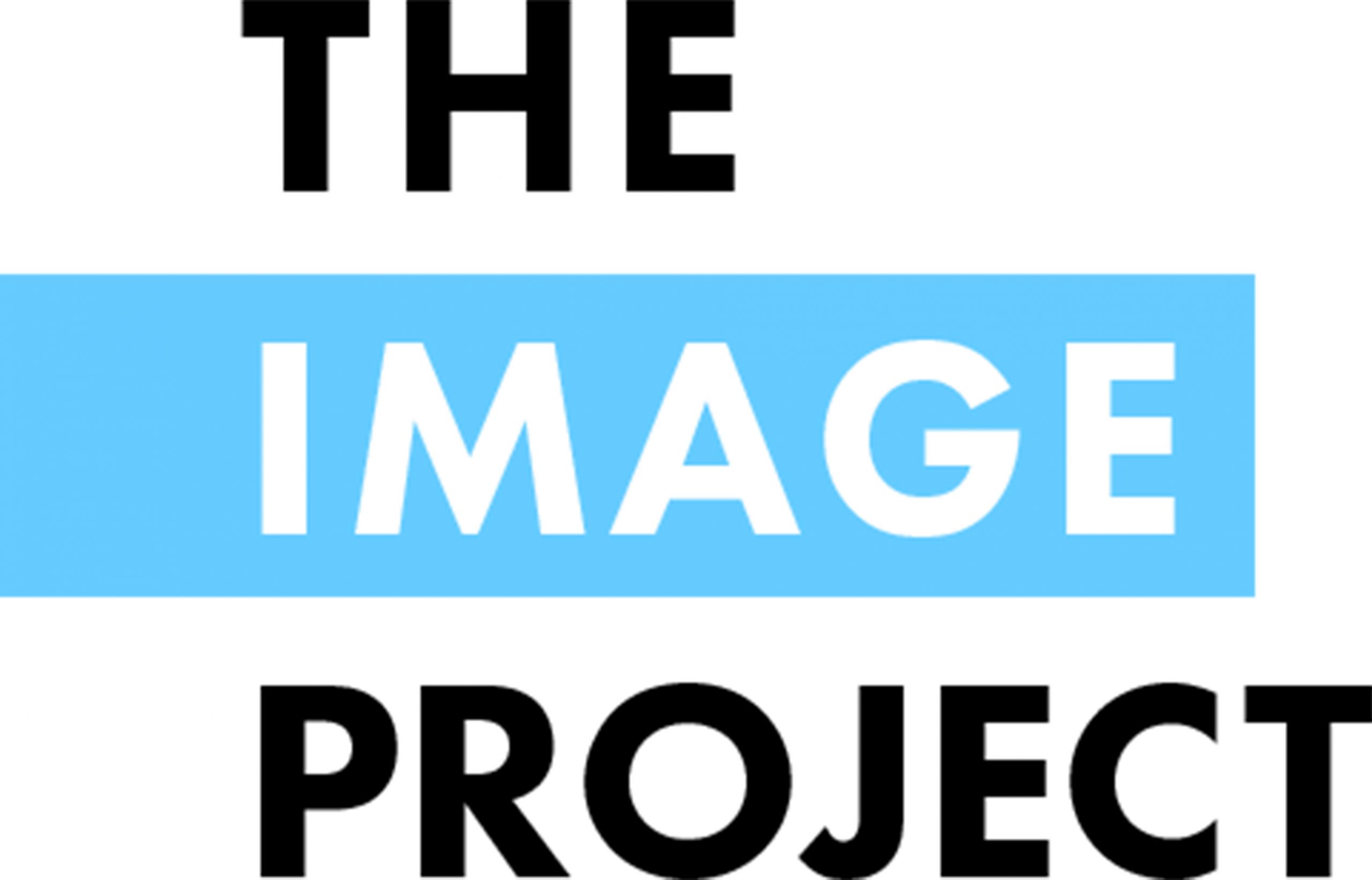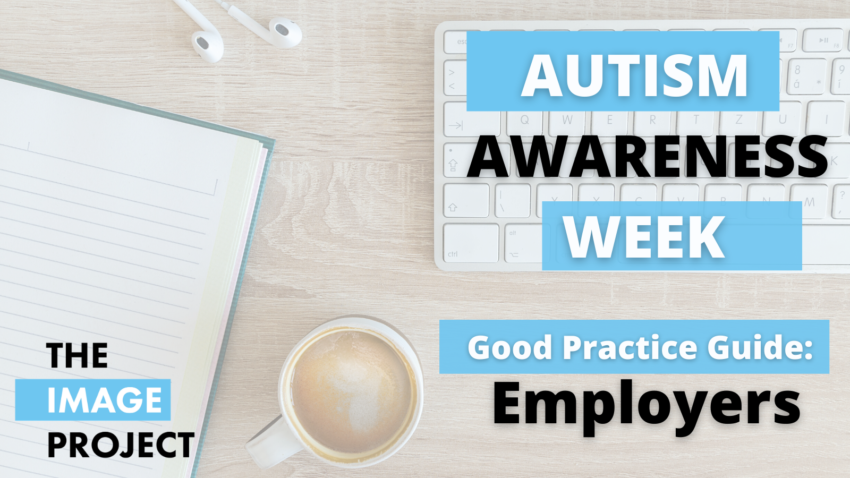In the course of the Autism Awareness Week, we want to give you a sneak peek of Good Practice Guide for Employers. It is designed for employers who want to employ and include autistic workers in their organization and gain some insight and awareness of autism.
Introduction to Good Practice Guide for Employers
There are several good reasons why you should consider hiring employees on the spectrum, apart from simply ‘increasing equality and diversity’. You might win an employee with highly desirable key characteristics, and with that, likely increasing the innovation and productivity of your organization at large. Hiring a (neuro)diverse workforce can further enhance your employer brand, helping you attract and retain talent.
At the heart of this guide lies a strengths-based approach: Moving away from a deficit-oriented stance that focuses on the downside of our different brains and reduces individuals to their diagnosis, towards a mindset that – albeit acknowledging difficulties – sheds light on the strengths.
Our guide aims to highlight and promote often very minor changes to professional practice, in order to improve the employability for the autistic workforce. In it, you can find practical suggestions for how you, as an employer can help autistic workers to navigate through the job application process and the everyday work life in your organization.
You might realize that many of the adjustments we suggest, not only are applicable to neurodiverse individuals, but will improve your management style in general and in turn benefit your workforce at large.
Our guide will be available in five European languages: English, Dutch, French, German and Finnish.
3 tips for employers who want to create an autism-friendly workplace
- Start small
Read about the subject, get support if possible, start and iterate. You don’t need to create a diversity program from scratch. Just make some minor changes at first, listen to the feedback and adjust accordingly.
- Communicate your diversity efforts
Communicating your efforts, and especially success stories, can increase the support for your program, and raises awareness in the community at large. It can also lower the bar to apply for new autistic talents.
- Raise awareness for strengths and skills in your organization
Small steps: Implement a section about open communication and strength focused work in your organization’s mission statement.
Bigger steps: Create an open environment where your workers can communicate their strengths, focus on them and build new skills.

